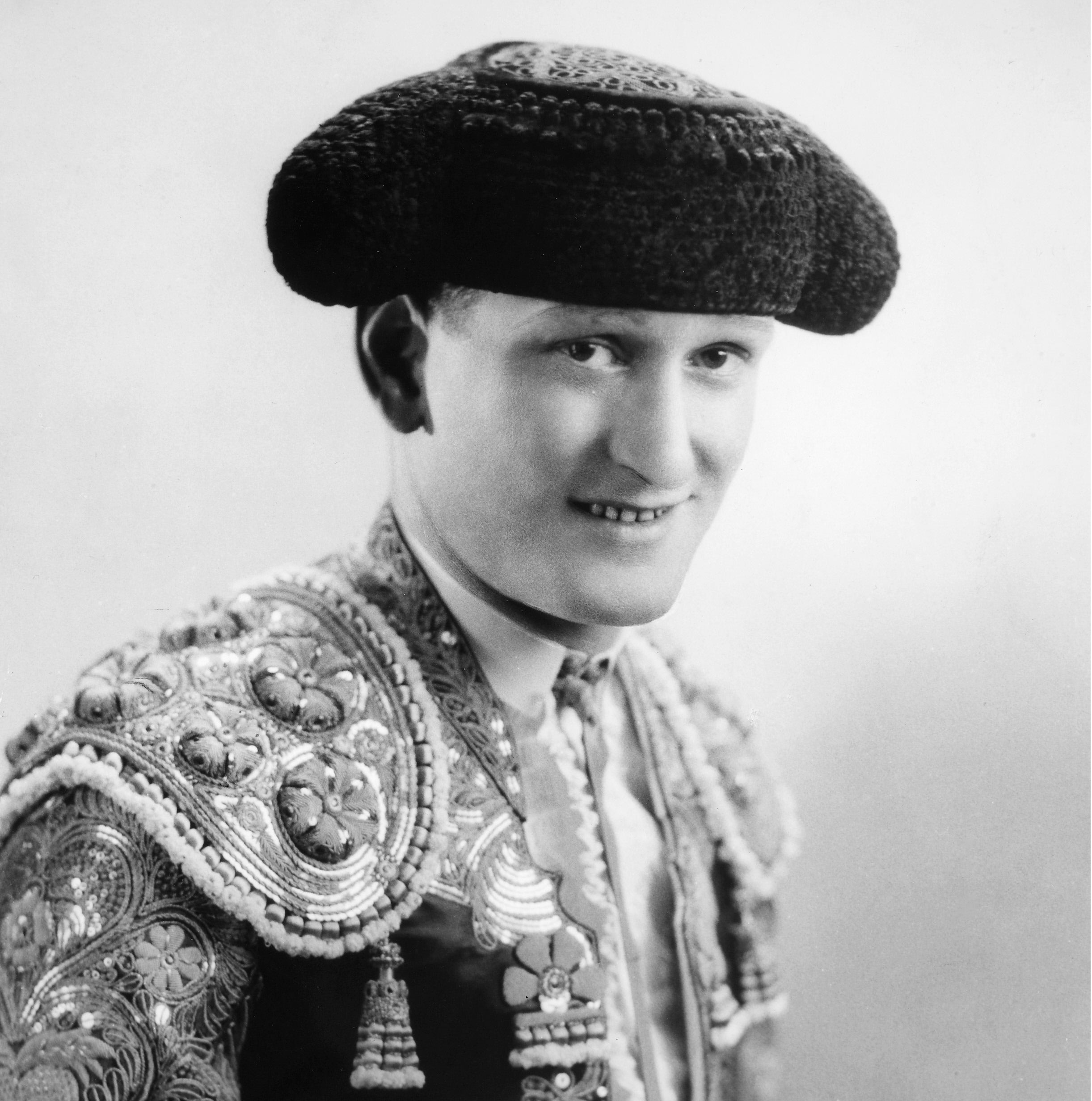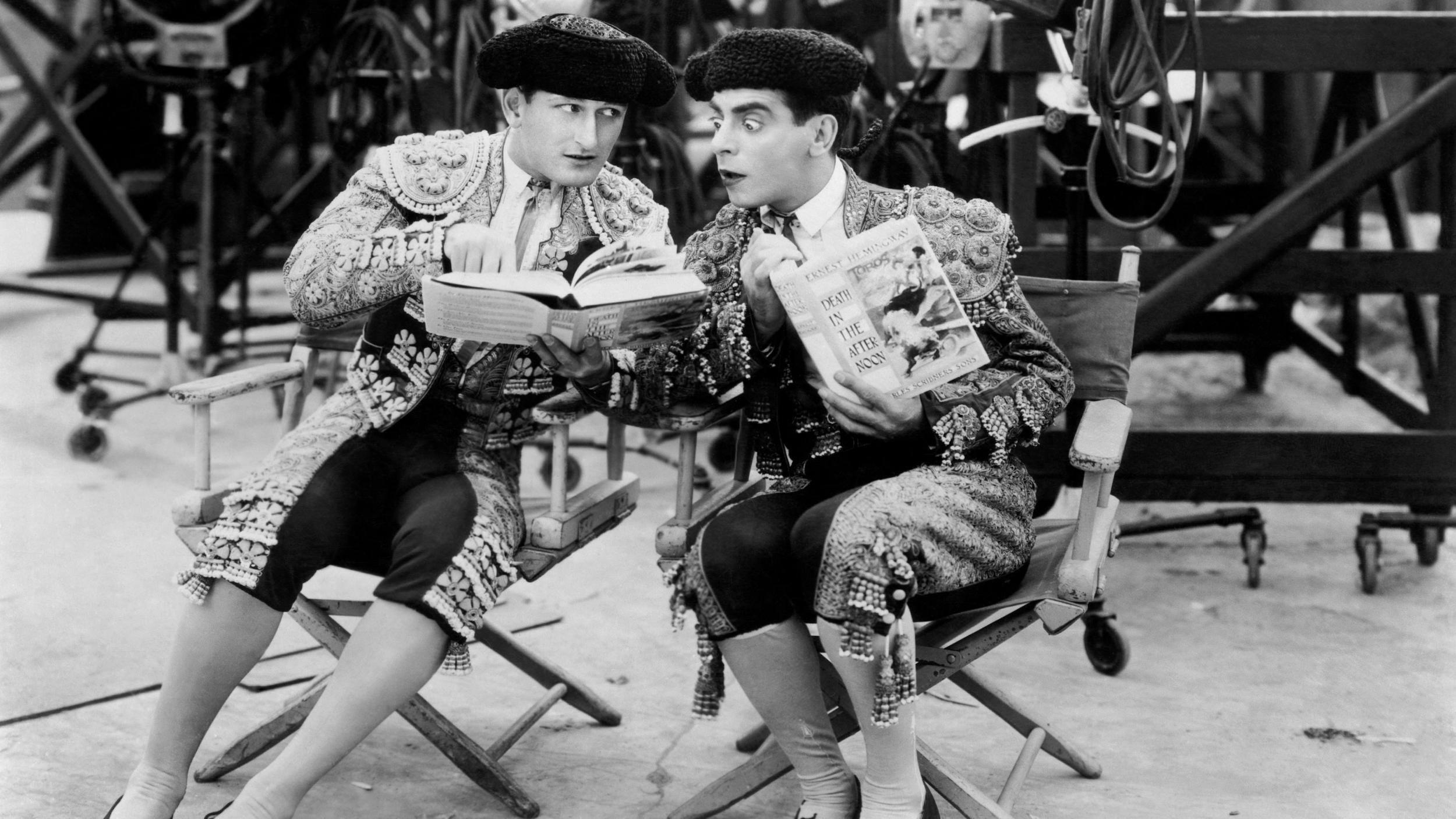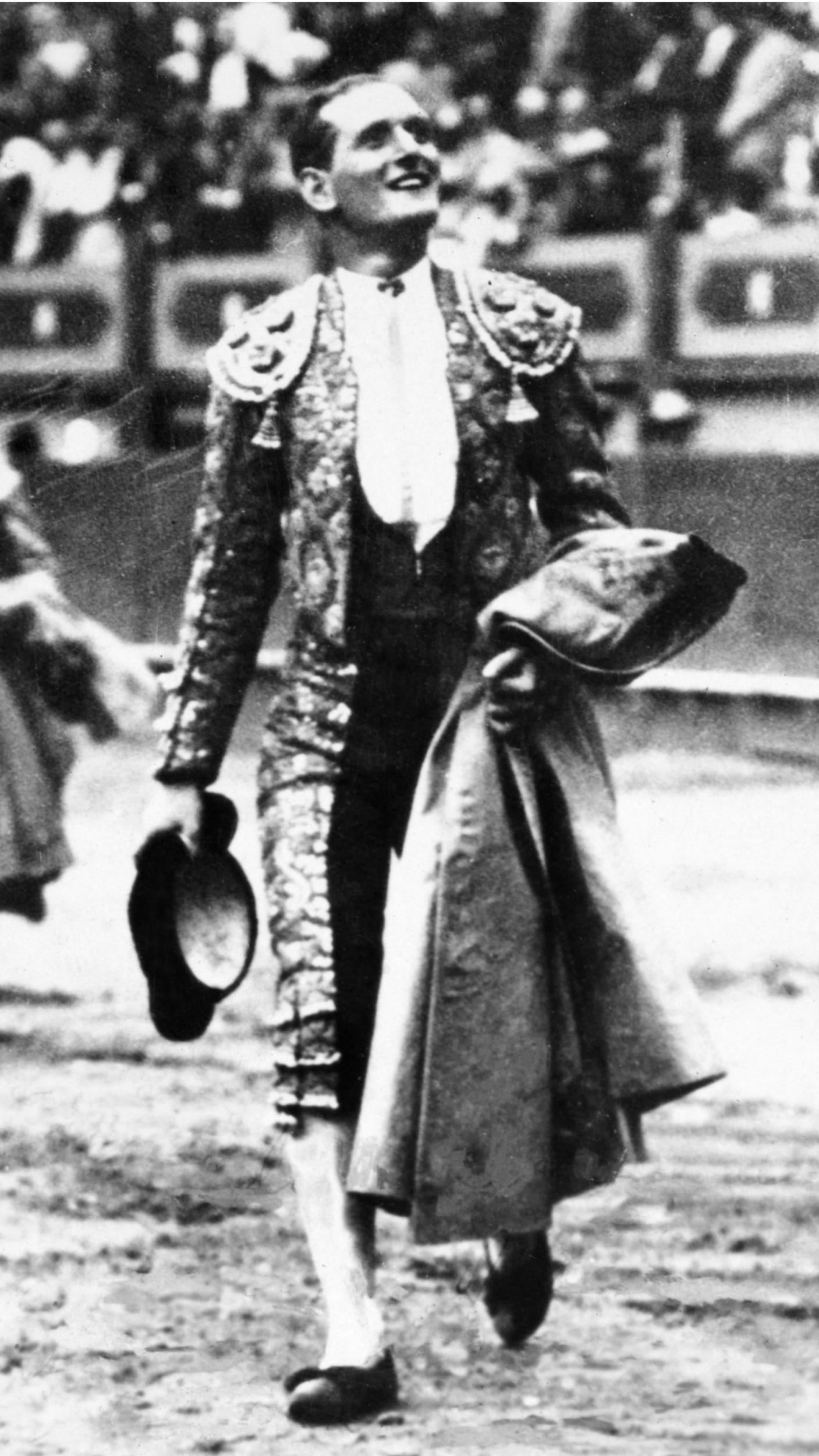‘The Bullfighter of the Torah’: The gay, Jewish matador from Brooklyn
Corey Kilgannon looks at the life of Sidney Franklin, the first Jewish American to reach matador status in Spain, who hid his sexuality in plain sight

Your support helps us to tell the story
From reproductive rights to climate change to Big Tech, The Independent is on the ground when the story is developing. Whether it's investigating the financials of Elon Musk's pro-Trump PAC or producing our latest documentary, 'The A Word', which shines a light on the American women fighting for reproductive rights, we know how important it is to parse out the facts from the messaging.
At such a critical moment in US history, we need reporters on the ground. Your donation allows us to keep sending journalists to speak to both sides of the story.
The Independent is trusted by Americans across the entire political spectrum. And unlike many other quality news outlets, we choose not to lock Americans out of our reporting and analysis with paywalls. We believe quality journalism should be available to everyone, paid for by those who can afford it.
Your support makes all the difference.In the bullfighting rings of Spain, Sidney Franklin was renowned as “El Torero de la Torah” or “The Bullfighter of the Torah”.
Franklin, who died in 1976 when he was 72, was the first Jewish American to reach the elite status of matador in Spanish bullfighting circles.
He was also gay.
His sexual identity was an open secret among those who knew him, but remained unknown to the public.
And though his career – which ran from the 1920s into the 1950s – predated the modern gay rights movement, he likely would have been overjoyed at the chance to take part in this month’s Pride March, which, on the 50th anniversary of the Stonewall Inn rebellion, may be the biggest ever.
“He was born too early for the whole movement, but if he were alive today, he’d be right there in that march, leading the way,” says his niece, DorisAnn Markowitz, 78.
He was friends with celebrities like Ernest Hemingway and actor Douglas Fairbanks, and he acted in or served as an adviser for Hollywood films, including the 1932 comedy The Kid from Spain.
His sexual identity has become more widely known from biographical material published in recent years.
While Pride Month celebrates the progress that LGBT+ people have made in living openly gay lives, social taboos during Franklin’s heyday pressured other closeted men to assume the trappings of a straight life, perhaps even marrying a woman as a cover, something Franklin did not do.

The macho nature of bullfighting helped Franklin mask his sexuality, even while allowing him to indulge his passion for flamboyance and pageantry, says Rachel Miller, an archivist of Franklin’s mementos who works at the Centre for Jewish History in Manhattan.
“Bullfighting provided a stage where he could perform in such finery and with such flair, while at the same time remaining in the closet,” she says. “It was a place where his own brand of queer self-expression was permissible but invisible. He was hiding in plain sight, as a gay man in a very macho sport.”
Franklin loved the traditional glittery matador outfits and accumulated “the most splendid and expensive wardrobe in the profession”, wrote Lillian Ross in a 1949 profile of Franklin for The New Yorker.
“As a bullfighter, you could be macho but in gold brocade,” says Bart Paul, author of a biography on Franklin, Double-Edged Sword.
Sometimes, however, Franklin’s taste strained bullfighting norms, such as when the pink outfit he commissioned was essentially laughed out of the bullring, says Miller, who catalogued a collection of Franklin’s mementos for the American Jewish Historical Society.
Even after retiring from the bullring in 1959, Franklin would often travel with 20 sequined, hand-embroidered outfits in trunks, Markowitz says, adding that her uncle was drawn to the theatrical performance style of bullfighting.
“The artistry of the cape, the bodily control, it was like a dance,” says Markowitz, on whom Franklin doted. “He was extremely graceful and very strong, the way a ballet dancer controls the centre of his body.”
Franklin was born Sidney Frumkin in 1903 and grew up one of 10 children of Russian-born, Orthodox Jewish parents in Park Slope, Brooklyn.
He favoured visual arts and acting in school and adopted the name Franklin to hide his stage roles from his father, a hard-nosed man who in the late 1800s became one of the first Jewish police officers in New York City, Markowitz says.
The artistry of the cape, the bodily control, it was like a dance. He was extremely graceful and very strong, the way a ballet dancer controls the centre of his body
“His father tried to beat the artist out of him,” she says. “He used to call him a Nancy, a name for a gay or an odd person.”
So Franklin left home at 19 and moved to Mexico City, where there was a thriving artsy, cosmopolitan scene that provided a more permissive culture away from his father, Paul says.
There, Franklin began producing commercial posters for bullfights, and was initially repulsed by the animal cruelty, even while being fascinated by the exalted role of the matador at the centre of a magnificent, elaborate show, Markowitz says.
Between those two opposing views, she says, “his passion for the pageantry and the heroics won out”.
His desire to become a bullfighter was further stoked when a local once taunted him that Americans lacked the guts to become bullfighters.
“My uncle’s Brooklyn moxie took over,” and he began serious training, Markowitz says.

He made his debut in 1923 in Mexico City and was carried out of the ring by the crowd after a particularly impressive killing of a bull.
The acceptance by audiences and bullfighting aficionados helped avenge the emotional wounds of his youth, Markowitz says.
“He loved every minute of the validation because he never got it from his father,” his niece says. “Every time he killed a bull, psychologically he was killing his father.”
He also loved the adoration of the crowd, raving that, “All the sexes throw themselves at you”, according to Paul.
Light skinned with reddish hair, Franklin was a raconteur who relished being the centre of attention. For all his grace in the ring, he retained his unvarnished Brooklyn accent, but could also switch seamlessly to Yiddish or various dialects of Spanish, his niece says.
When asked about the possibility of death in the ring, he scoffed and said, “Death, shmeth”, according to the New Yorker article.
Today, bullfighting has significantly diminished in popularity and is banned in many countries, largely because of the cruelty towards the bulls. But it was in its heyday in Spain when Franklin arrived in 1929, with top matadors, like him, devoutly revered.
It was there that he met Hemingway and they became good friends and travelling companions.
In his acclaimed nonfiction book on bullfighting Death in the Afternoon, Hemingway describes Franklin as being “brave with a cold, serene and intelligent valour” and “one of the most skilful, graceful and slow manipulators of a cape fighting today”.
Franklin claimed to have killed thousands of bulls during his career, and had been gored numerous times, which afflicted him until he died penniless at age 72 in a nursing home in Greenwich Village.
Markowitz says some people found it strange that before he entered the ring in Spain, Catholic nuns used to pray over her uncle – a gay, Jewish bullfighter from Brooklyn.
“People would say, ‘But you’re Jewish,’” Markowitz says. “And he’d say, ‘Yes, but the bulls are Catholic.’”
© New York Times
Join our commenting forum
Join thought-provoking conversations, follow other Independent readers and see their replies
Comments